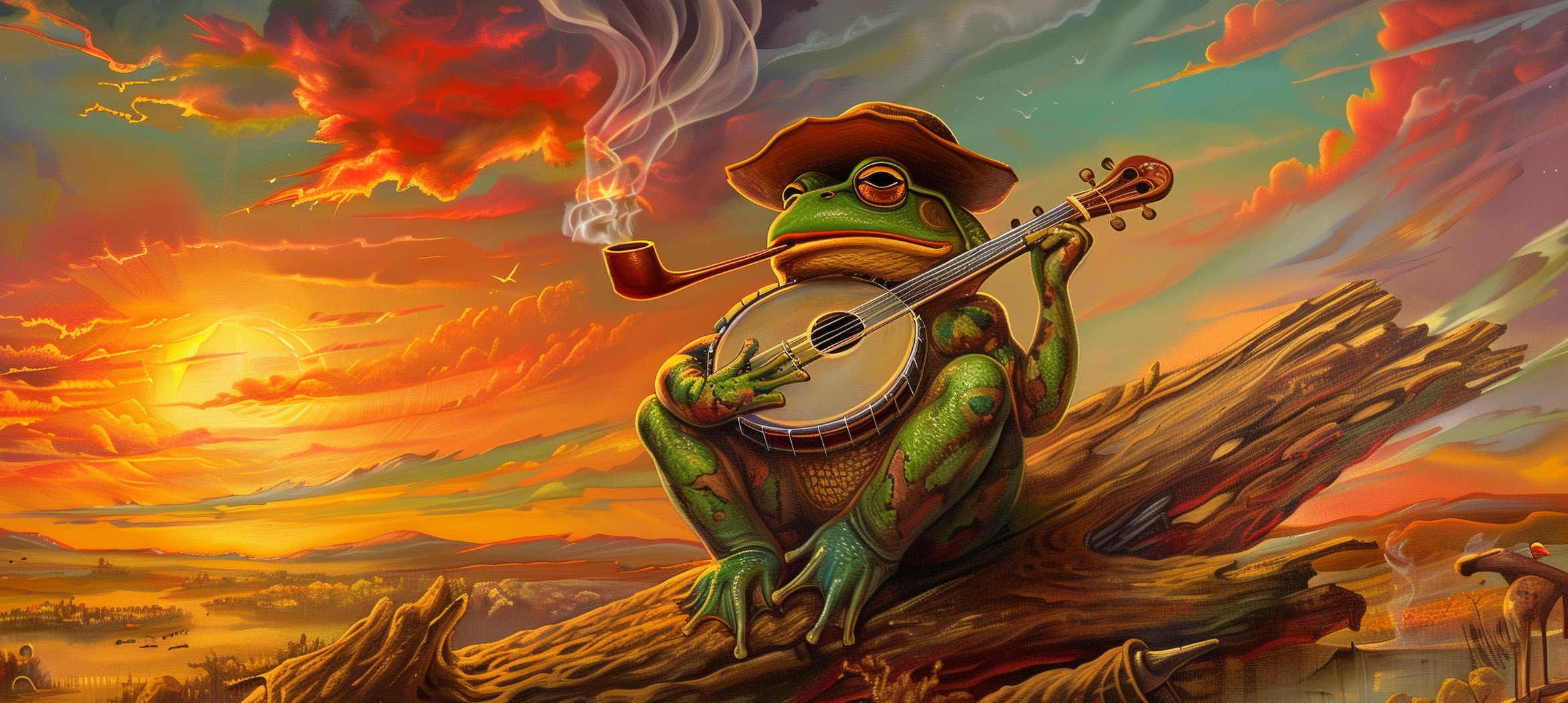
Everybody loves train songs. There’s just something about bluegrass and trains. I think it likely has to do with bluegrass’s Appalachian coal country roots where people were dependent on trains to connect with the rest of the country. I found this great quote that sums it up nicely in a Bitter Southerner article by Scott Huffard1:
White and black Southerners were entranced by the railroad and yearned for new connections, but Southern railroads were dangerous and deadly for passengers and workers. Railroads also aided the spread of disease, attracted violent robbers like Jesse James, and consolidated into monopolistic behemoths. Perhaps it is this ambivalent relationship to the railroad and the peculiarly Southern penchant for storytelling that gave Southerners so many train topics and legends to sing about?
More than just a reflection of Southern history, the evolution of the Southern train song also speaks to the various meanings American pop culture has placed on both the South and the railroad. Railroads once represented the height of modernity, but after decades of declining passenger traffic and abandonments, they now signify a bygone era. They evoke a romanticized past.
What I find funny about this train song in particular, is as epic as Billy’s version is, the most popular version of “Train, Train” is a pretty heavy southern rock song by Blackfoot, released in 1979. Most of you have probably heard it; it was their other hit besides “Highway Song.” I love the original, but nothing quite gets my blood pumping like a big jam peak falling into that “Train, Train” opening riff.
What is really interesting, however, is when you dig into the history of the song, it has a lot of bluegrass roots that make Billy’s version all the more satisfying. “Train, Train” was originally written in 1971 by Paul Robert “Shorty” Medlocke, a Delta blues musician and grandfather to Blackfoot’s frontman, Rickey Medlocke. Not only did he write the song, but also performed the famous 37 second harmonica introduction, emulating the sound of a departing train. In addition to being a master of the harp, he was an accomplished banjo player (and general multi-instrumentalist) and first recorded the song with his family band Shorty Medlock & Mickey with The Florida Plow Hands in 1971.2 Doesn’t roll off the tongue quite as well as Blackfoot! “Mickey” refers to his daughter, Marilyn C. “Mickey” Medlock Herring, who was a local musician in her own right in North Florida.3
The original recording can be found here, and is definitely worth a listen. It’s a bluegrass song! There is prominent acoustic guitar, dobro licks, and banjo as well as the classic harmonica sounds that are played (also by Shorty) on the Blackfoot version 8 years later. It also sounds totally different than both the Blackfoot version, which added that iconic, overdriven electric guitar riff. Billy and the band’s version starts with a bluegrass (let’s call it jamgrass given the extensive use of pedals) version of that iconic riff, and in general follows the vocal patterns of the Blackfoot version, though with a bit more range and energy (in my opinion, no shade towards Rickey).
I just think it’s so incredibly cool that this song that has become a fan favorite bust out at shows, given that it started out as a bluegrass song penned by this sort of unsung hero of both blues and grass4, then turned into an epic southern rock anthem, then back to a bluegrass song, but all the while keeping that southern rock energy and edge. Full circle!
An interesting tangent here – there have been a few more famous-ish covers of “Train, Train,” one by Warrant (of “Cherry Pie” fame), which I honestly can’t say I recommend, but also Dolly Parton, who released a bluegrass cover in 1999! It has its own unique take on the long “train harp” intro, this time done with a squealing fiddle. Then it incorporates, similar to Billy, a bluegrass version of the Blackfoot guitar riff. For this reason, Dolly’s cover is honestly probably the most similar to Billy’s, though he chooses to skip the extended train intro.5 Dolly’s cover is fantastic, and the album (The Grass is Blue) won Best Bluegrass Album at the Grammy’s that year.
So, this song that nobody thinks of as a bluegrass song (except perhaps us BMFS fans), has a storied history deeply rooted in grass and string music. From the exceptionally talented Shorty Medlocke who wrote and recorded the original, to the famous harp and guitar riffs that Blackfoot brought to the table, back to bluegrass (and unfortunately hair metal), and eventually to Billy Strings shows in a crazy mashup of all those previous versions. The bluegrass core from Shorty and Dolly, the southern rock energy from Blackfoot, all wrapped up in a very uniquely Billy Strings kind of way. The circle is unbroken after all, it seems.
- Here is the article. Pretty interesting actually. ↩︎
- I used this other blog post, as well as Wikipedia, as references for this info as there isn’t a ton out there. ↩︎
- This website has pretty much all the info I could find on her. Digging for this stuff takes you to some strange corners of the internet. ↩︎
- Read more about him and his family and musical legacy on this other weird page I found. Apparently he was a massively talented multi-instrumentalist and part of the inspiration for Skynyrd’s “The Ballad of Curtis Loew” (though I thought they were pretty clear that Curtis is a “black man from Atlanta,” and Shorty is a white dude from Florida, so who knows). ↩︎
- I guess he saves those for the epic “Train Intro > Slow Train” show openers! ↩︎

Leave a Reply